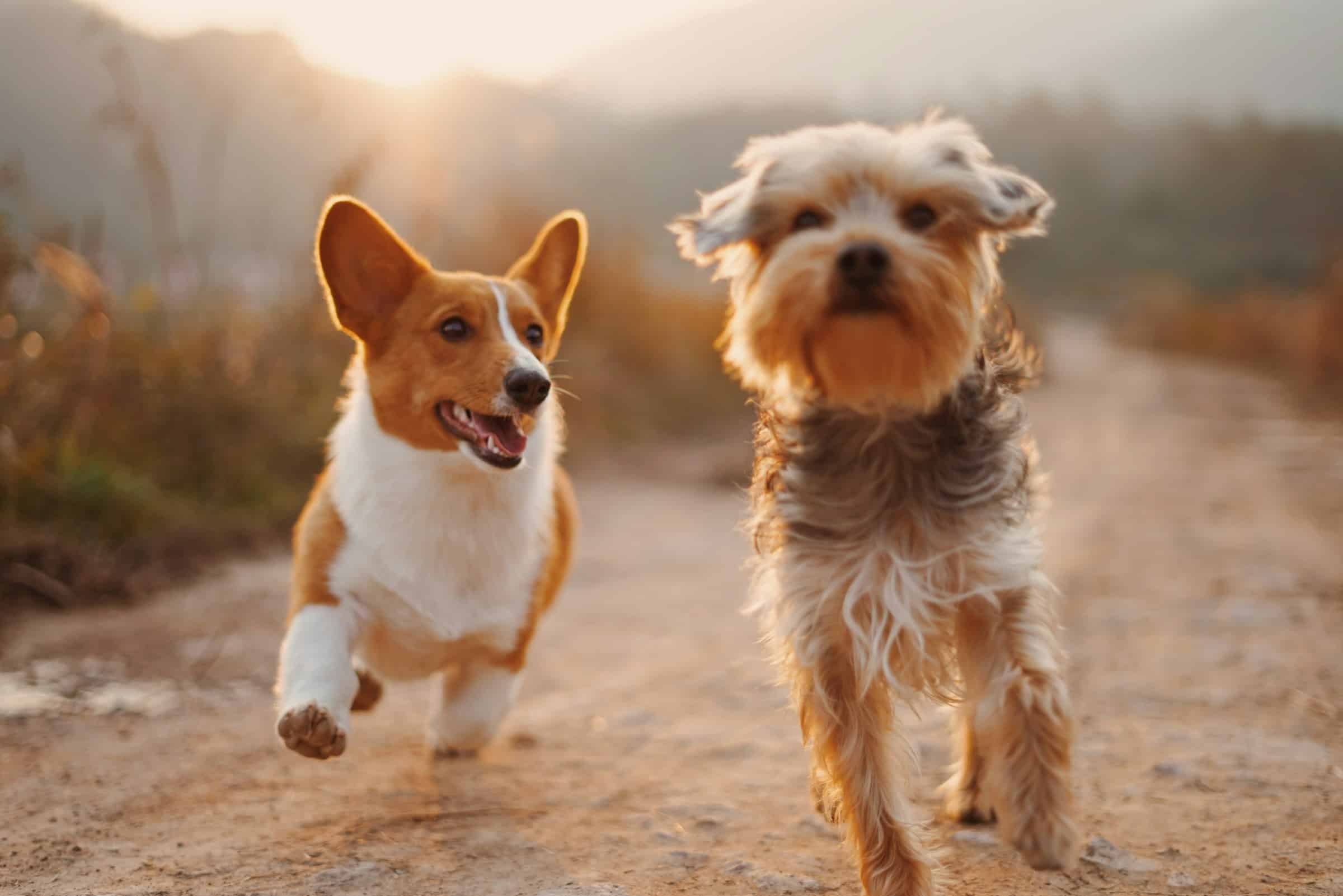As a dog owner or dog-lover, you might have marveled at the intelligence and incredible potential of these four-legged creatures. The adaptability and trainable nature of dogs make them invaluable companions in many facets of human life, one of which includes search and rescue (SAR) operations. SAR dogs play an integral role in locating missing persons or detecting substances by using their exceptional olfactory capacities. But, how are these dogs trained for such a significant task? This article aims to shed light on some of the most effective training techniques for SAR dogs.
Understanding the SAR Dog
Before diving into training techniques, it’s essential to understand what a SAR dog is and the unique characteristics that make them suitable for this job. A SAR dog is a specially trained canine that works closely with a handler to help locate missing persons, whether they’re lost in the wilderness, trapped under rubble, or submerged underwater.
A découvrir également : How to Design a Cat-Proof Yard Enclosure?
The breeds typically used for SAR are German Shepherds, Labrador Retrievers, and Border Collies due to their high intelligence, keen senses, and physical endurance. However, any dog with a strong drive to find and a responsive nature to training can be molded into an effective SAR dog.
When it comes to the SAR dog’s work, the key element is the dog’s sensitive nose. They use their superior scent-detection abilities to locate human scent. These dogs can discriminate a specific person’s scent from others, making them incredibly efficient in finding lost individuals in a vast area.
A voir aussi : What’s the Best Way to Socialize a Cockatoo with Other Birds?
Basic Obedience and Socialization
Training a SAR dog begins with basic obedience training, much like any other dog. This foundational training will help handlers establish control and build a strong relationship with the dog. It includes teaching commands such as “sit,” “stay,” “come,” and “heel,” among others.
Socialization is another vital part of this initial phase. Dogs should be exposed to various environments, smells, sights, and sounds to make them comfortable and adaptable. This will prepare them for the unpredictable and challenging scenarios they may face during a search and rescue operation.
Scent Discrimination and Tracking
After mastering obedience and socialization, dogs are introduced to scent discrimination and tracking. Scent discrimination involves teaching the dog to identify and follow a particular human scent. This is done through exercises that involve the handler and others leaving trails with various objects carrying the person’s scent.
In tracking, dogs are taught to follow the path of a human by detecting the scent particles that a person sheds. This is typically done using a long leash, where the dog is encouraged to lead the handler along the person’s trail. Positive reinforcement, such as treats or praises, is often used to reward the dog when it successfully follows the trail.
Area Search and Air Scenting
Area search or air scenting is another essential training aspect for SAR dogs. Unlike tracking, where the dog follows a specific trail, area search involves the dog searching a particular area for any human scent. This technique is useful when there is no specific trail to follow or when searching for multiple people in a large area.
Training for area search often involves the handler directing the dog to cover a specific area systematically. The dog is taught to pick up and alert the handler to any human scent it detects in the area. This requires a high level of control and coordination between the dog and the handler.
Disaster Search and Water Search
Specific SAR dogs are trained for disaster search and water search, depending on the situations they will be deployed. Disaster search dogs are trained to work in unstable environments, such as earthquake sites or collapsed buildings. They are trained to navigate through debris, locate human scent, and alert handlers without causing any further harm to the victims.
Water search dogs, on the other hand, are trained to detect human scent in water. This involves teaching the dog to identify the scent of a drowned person from a boat or shoreline. Once the dog picks up the scent, it signals the handler, who then communicates with divers for further investigation.
Harnessing the Dog-Handler Bond
Regardless of the specific techniques used, an essential factor in training SAR dogs is the bond between the handler and the dog. A strong and trusting relationship will improve the dog’s responsiveness to commands and its overall performance. Handlers must learn to read their dog’s signals accurately and respond appropriately. Mutual trust and respect make the teamwork of a SAR dog and handler remarkably effective.
In conclusion, the training of SAR dogs involves a combination of various techniques, each aimed at harnessing the dog’s natural capabilities and molding them for the critical task of search and rescue. It requires persistence, patience, and a profound understanding of dog behavior. But the result – a skilled SAR dog – can play a vital role in saving lives and providing closure to affected families.
Advanced Training Techniques for SAR Dogs
Having covered the basic techniques, let’s now explore some advanced training methods for SAR dogs. These dogs are expected to exhibit a higher degree of agility, endurance, and problem-solving skills during search and rescue missions. Therefore, the training program is tailored to enhance these abilities while maintaining a focus on scent detection and obedience.
Agility training is a crucial part of this advanced phase. SAR dogs often have to navigate through rough terrains, climb steep slopes, or squeeze through tight spaces during their missions. Therefore, they are trained to overcome physical obstacles and challenges confidently. This involves exercises like crawling through tunnels, jumping over hurdles, or climbing up and down ladders.
Another crucial element is endurance training. SAR dogs may sometimes have to work for extended periods in challenging conditions. Thus, they are conditioned to have high stamina through regular, intense exercise. This doesn’t only improve their physical capability but also enhances their mental resilience.
Problem-solving skills are also crucial for SAR dogs. They are trained to make decisions and solve problems independently during a mission. This is achieved through exercises that challenge the dog’s mental abilities, such as finding hidden objects or figuring out how to reach a certain location.
Furthermore, desensitization training is often included in the program. This involves acclimatizing the dogs to different environmental factors they may encounter during a mission, such as loud noises or extreme temperatures. This helps to ensure that the dog will remain focused and effective, regardless of the conditions they are working in.
Building Exceptional SAR Dog Teams
The effectiveness of SAR dogs isn’t solely dependent on individual dogs’ training but extends to the teamwork between the dog and its handler. A search dog and its handler form a team, and their joint performance is crucial for successful search and rescue operations.
To build a proficient SAR dog team, both the dog and the handler undergo a rigorous training process together. This shared experience helps to strengthen their bond, improve communication and coordination, and establish mutual trust and understanding. The handler learns to read the dog’s body language and signals accurately, and the dog learns to respond promptly to the handler’s commands.
Moreover, training for dog handlers is as rigorous as the dogs themselves. Handlers are taught essential skills such as first aid, navigation, survival techniques, and incident management. They are also trained to work effectively with other SAR teams, law enforcement, and emergency services.
To conclude, SAR dog training is a complex and demanding process that requires significant time, effort, and resources. However, the result is a highly trained dog and handler team that can play an invaluable role in locating a missing person and potentially saving lives. This highlights the importance of these remarkable dogs and the dedication of the handlers who train them. Whether it’s a wilderness search, disaster response, or water search, SAR dogs have proven their worth time and again, underscoring their crucial role in search and rescue missions.






